Pure Tungsten Electrodes: Core Material for High-Temperature Industry
- Details
- Category: Tungsten Information
- Published on Wednesday, 26 February 2025 20:28
- Written by Zhenghua
- Hits: 308
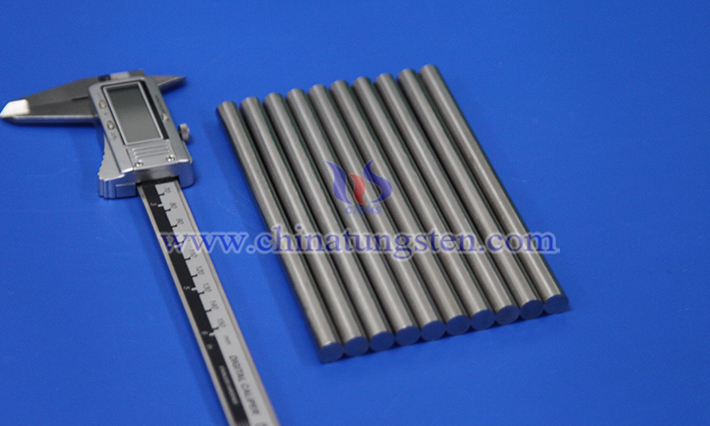
In the high-temperature industry, pure tungsten electrodes have emerged as indispensable core materials in welding, smelting, and plasma technology, thanks to their exceptional physical and chemical properties. As the single metallic element with the highest melting point, tungsten's stability in extreme environments makes it the preferred choice for processing high-melting-point metals and demanding processes.
Read more: Pure Tungsten Electrodes: Core Material for High-Temperature Industry
Pure Tungsten Electrodes: Key Material in the Welding Industry
- Details
- Category: Tungsten Information
- Published on Wednesday, 26 February 2025 20:24
- Written by Zhenghua
- Hits: 335
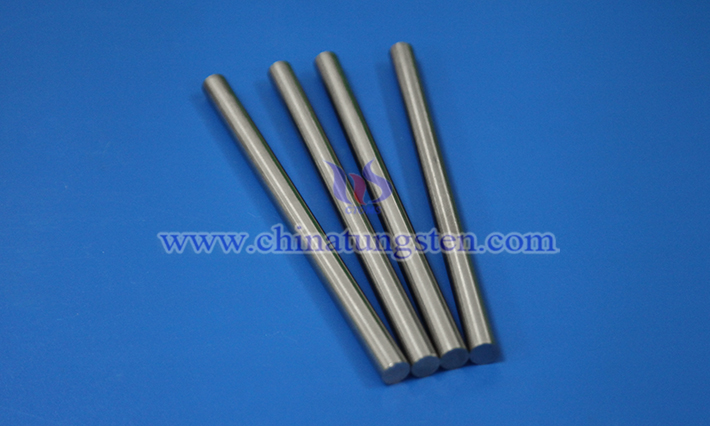
Pure tungsten electrodes, as one of the earliest electrodes used in argon arc welding, have consistently played a significant role in the welding industry. This type of electrode, characterized by its high melting point, high density, corrosion resistance, and excellent electrical and thermal conductivity, has become an indispensable key material under specific welding conditions.
Read more: Pure Tungsten Electrodes: Key Material in the Welding Industry
What Are the Preparation Methods of Tungsten Disulfide Nanosheet?
- Details
- Category: Tungsten Information
- Published on Tuesday, 25 February 2025 19:32
- Written by Xiaoting
- Hits: 364
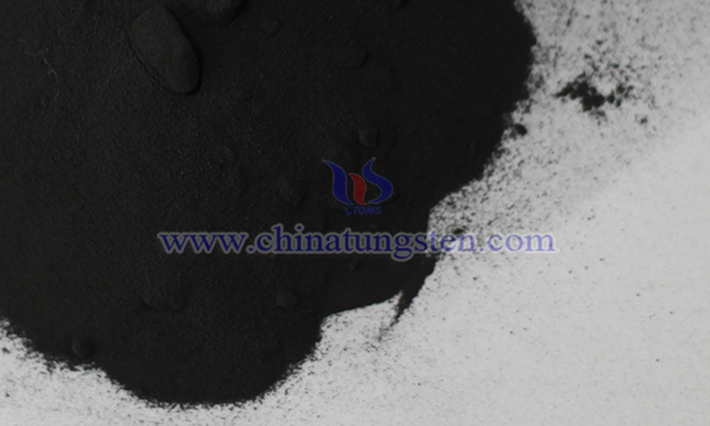
Tungsten disulfide nanosheet (WS₂ nanosheet) is a typical transition metal tungsten compound. There are many different preparation methods, each of which has its own unique principles, operation procedures, advantages and disadvantages.
Read more: What Are the Preparation Methods of Tungsten Disulfide Nanosheet?
What Are the Types of Tungsten Electrodes?
- Details
- Category: Tungsten Information
- Published on Wednesday, 26 February 2025 20:21
- Written by Zhenghua
- Hits: 295
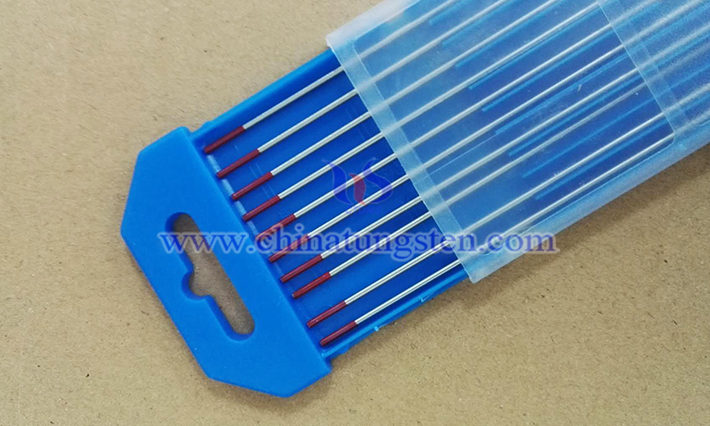
The types of tungsten electrodes are mainly classified according to the different rare earth oxides or alloy elements doped in them. Here are the common types of tungsten electrodes and their characteristics:
What Are the Factors That Affect Tungsten Disulfide Nanosheet Performance?
- Details
- Category: Tungsten Information
- Published on Tuesday, 25 February 2025 19:28
- Written by Xiaoting
- Hits: 302
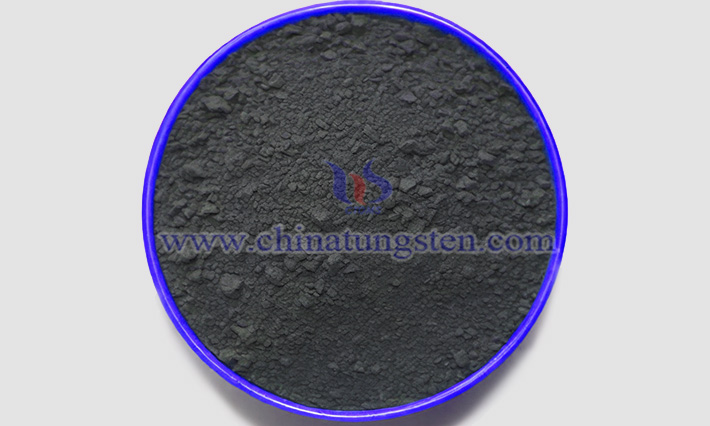
Tungsten disulfide nanosheet (WS₂ nanosheet) is a typical two-dimensional nanomaterial with a large specific surface area, a low friction coefficient, good electrochemical performance, and optical properties. It has great potential in the fields of nanoelectronics, optoelectronic devices, flexible electronics, lubricating materials, and chemical catalysis. So, what are the factors that affect tungsten disulfide nanosheet performance?
Read more: What Are the Factors That Affect Tungsten Disulfide Nanosheet Performance?





 sales@chinatungsten.com
sales@chinatungsten.com